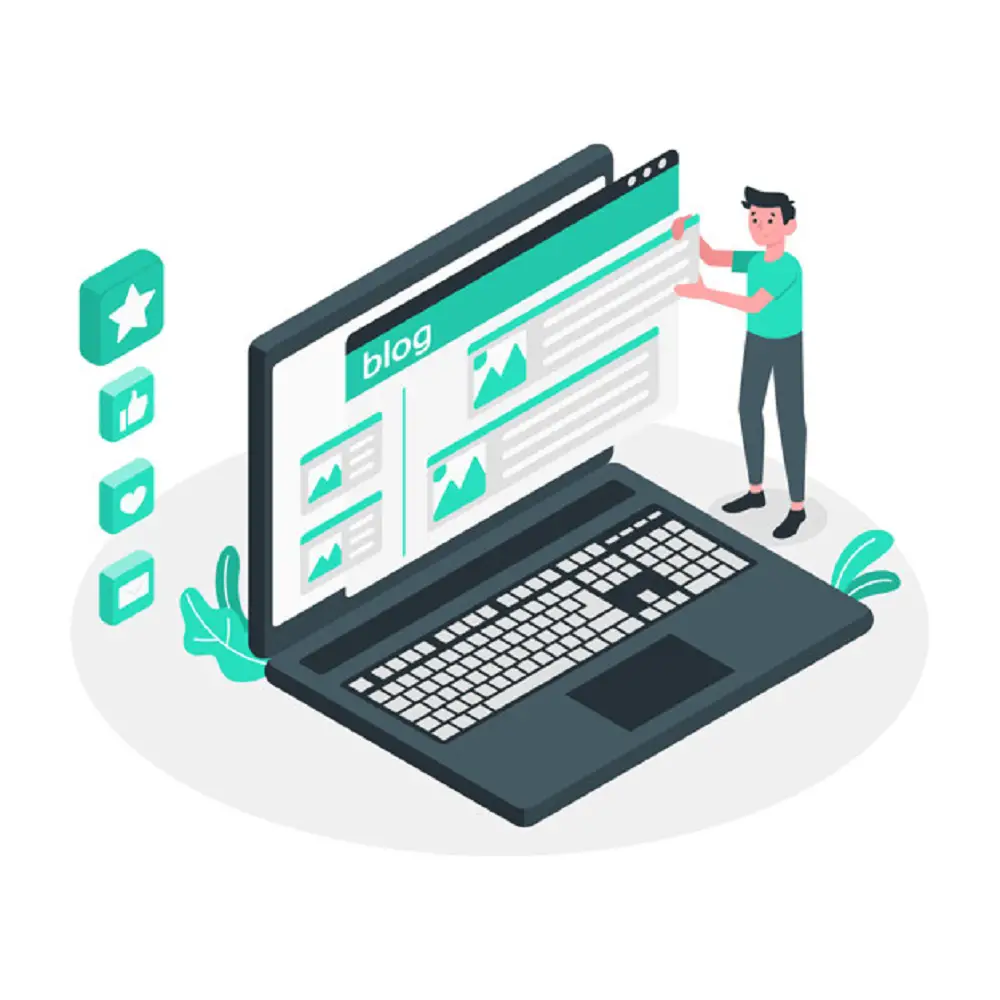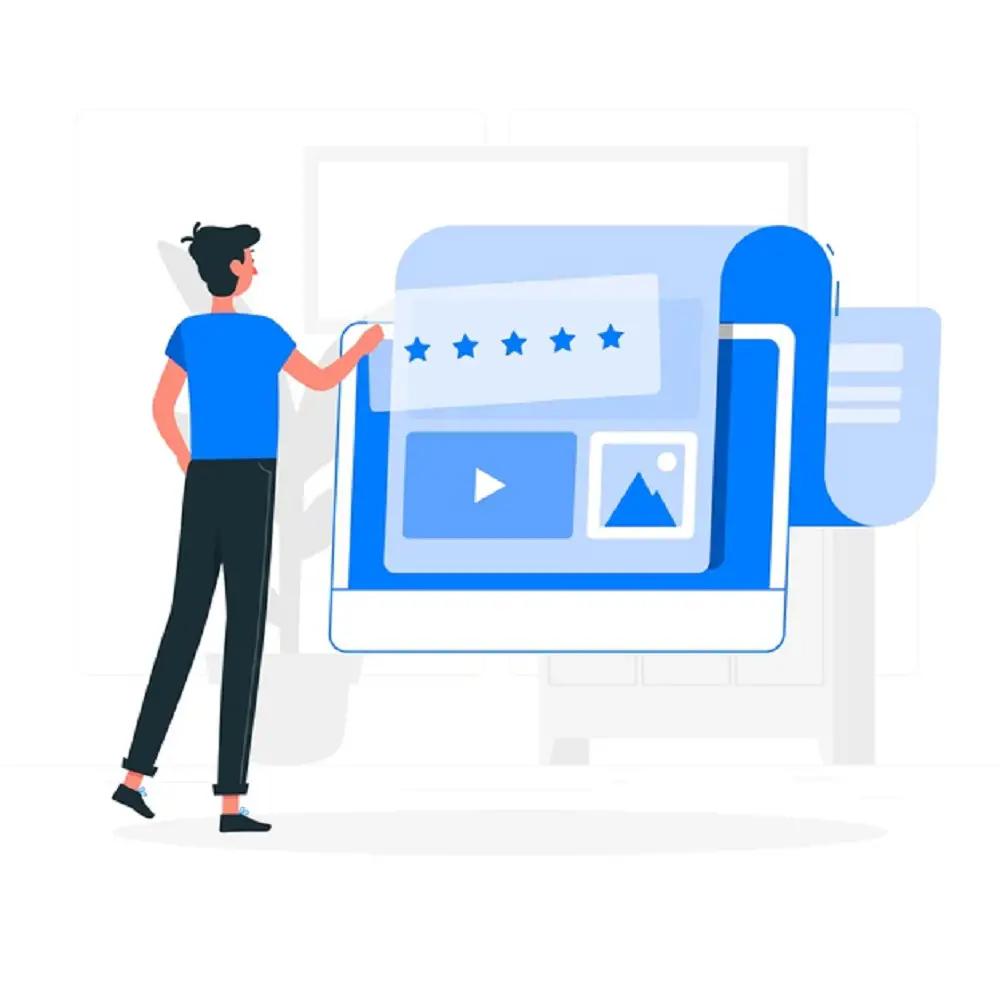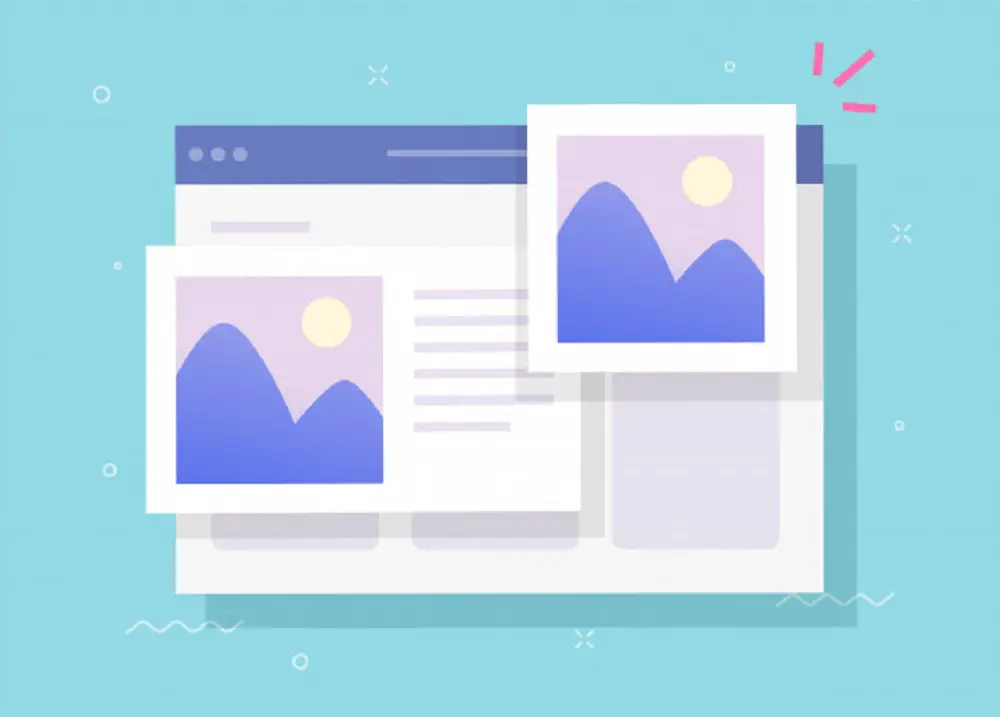Growth
10 Money Management Principles Every Student Should Follow


Money management is an important skill for college students to learn. It will help them stay financially secure throughout their lives.
It can help them develop the skills and knowledge necessary to manage their money effectively throughout their lifetime. The ability to understand, plan, and budget for future needs and make wise financial decisions are all essential components of successful money management.
Taking the time to understand money management principles and how they can be applied to your life will pay off in the long run. One and the most important principles — don’t save money on things that save you time. You can use it to earn even more. For example, you can find a paper writing service and delegate part of the homework to professionals. They will write it quickly and at an affordable price so that you can be free for something more important. Keep reading to get to know other tips and common mistakes in financial management.
Common Student’s Money Management Mistakes
Student Money Management mistakes can be expensive mistakes. College is an exciting time, but it also presents students with a lot of financial challenges. With tuition fees and other expenses on the rise, students need to manage their money wisely to avoid costly mistakes. Here are some common student money management mistakes you should try to avoid.
Spending Too Much on Entertainment & Social Activities
Going out with friends and having fun is part of being a college student. But spending too much money on entertainment will take its toll eventually – leaving less money available for necessities like food and housing costs! Be sure to find the balance between having fun now while still saving enough for future needs later on down the road!
Not Taking Advantage of Student Discounts & Perks
Many businesses offer student discounts, so make sure to take advantage of them whenever possible! There are also lots of other perks that come along with being a student. Free software downloads, discounted movie tickets, access to exclusive events, and more. So don’t forget about these when budgeting for college expenses!
Ignoring Credit
Many college students think they don’t need credit cards or loans because they don’t have any income yet. However, if used responsibly, credit cards can help build your credit score and give you access to emergency funds when needed. Plus, if you pay off your balance each month, you won’t get hit with high-interest charges that can add up over time!
By avoiding these common mistakes related to money management while in school, students can ensure they have enough financial resources available when needed. They will be better prepared for future financial success down the road.
10 Principles Every Student Should Follow
Set a budget and track your spending
This is one of the most important aspects of managing your finances. Make sure you have a clear understanding of all of your income sources and expenses, then create a budget that allows you to cover all necessary costs while still having enough left over for savings or other investments. It’s also important to track exactly where you’re spending your money each month so you can adjust if necessary.
Live within your means
Don’t try to keep up with friends who have more money than you do by buying things you can’t afford or taking on too much debt. Stick with what makes sense given your financial situation, and don’t overextend yourself just because everyone else seems to be doing it.
Automate payments
Automate as many payments as possible (e.g., rent, utilities). So that nothing slips through the cracks due to forgetfulness or procrastination in making a payment before its due date. This could result in late fees or, worse yet, an account being sent into collections!
Save for retirement now
Retirement may seem like something far away. But putting aside even small amounts now will make a difference later on down the line when it comes time for retirement planning. Plus, most employers offer matching contributions on 401(k) plans which are essentially free money!
Invest in yourself
Take advantage of any available educational opportunities such as grants/scholarships, internships, research positions, etc. So when it comes time for job interviews after graduation, there is something unique about yourself that stands out from other candidates. This could lead directly to better employment opportunities with higher salaries post-graduation!
Pay bills on time
This goes without saying but always make sure bills are paid promptly each month to avoid late fees and potential damage to credit scores. It could impact future borrowing abilities (for example, car loans).
Avoid impulse purchases
Impulse buys may feel great at first but regret often sets in quickly afterward once reality sinks back in. Try setting aside some “play” funds each month if necessary instead of randomly purchasing items that were never part of an original plan.
Consider cutting back unnecessary expenses
Look at what kind of “luxury” items are eating away at monthly budgets, such as streaming services or eating out regularly. Figure out ways where these costs can either be cut completely or reduced significantly (such as canceling subscription services temporarily) until finances improve again.
Build an emergency fund
Everyone should aim towards having some sort of cushion set aside just in case unexpected expenses arise, so there isn’t panic during times like these. Six months’ worth of living expenses is usually recommended. However, anything saved, no matter how small, helps!
Research investment options wisely
Do not jump into any type of investment without researching thoroughly and being aware of what risks might exist – diversifying across multiple asset classes tends to provide more stability versus putting all eggs into one basket, which leaves investors exposed to potential losses if market conditions change abruptly.
To Wrap It Up
Overall, learning and implementing money management principles while in college can help set students up for a successful financial future. Taking the time to understand these concepts and how they apply to your own life will pay off in the long run.
Growth
Ensure These Six Things When Becoming Fully Independent


Are you curious about how you can be fully independent? Do you want to learn the things that will make you independent? Everyone has to be independent at a certain point. To be a person, you can handle everything and manage all the tasks you need to know yourself. Here are some things you need to ensure to be fully independent and responsible. Read on!
1. Create a Plan
To be independent, the crucial thing you need to have is a plan. First, you need to have a clear vision of what you want. Then, you must have a detailed plan to keep yourself motivated and reach your goal. This plan will make you strong and will push you toward your goal.
Create a detailed structural plan for what you wish to achieve. Then work toward it, and you can walk on the path of being fully independent.
2. Have Financial Independence
Being financially independent is the most important thing when it comes to being completely independent. That is how you need one for the money factor. Get a well-paying job dealing with all your expenses, from necessity to luxury.
Apart from getting a job that pays well, it would help if you also had some investment, savings, and insurance for future purposes. It will safeguard your future and keep you secure. You can reach out to Australian Unity Private Health Insurance to get help with your health insurance.
3. Learn to Budget Things
Earning money is not enough. You need to know about managing, regulating, and using expenses. Learn to budget the finance. It will help you be independent, and you will ensure your money is used up in the right way.
Keep track of your needs and shopping. Make a list or maintain a diary to see where your expenses go. Then accordingly, divide the finance. This will keep you sorted, and you can manage your monthly finance by saving well.
4. Responsible Habits
Habits are essential when you want to become independent. When you know how to be responsible, you will climb one of the highest stairs of being independent.
Learn things on your own, and be responsible. It would be best if you had a piece of explicit knowledge about what is right and wrong. Seek out help when needed but only from authentic and credible sources. Take care of yourself and know what to do.
5. Good Communication Skills
Communication is the key to achieving things in life. When you are alone, you need to have good communication skills to survive and thrive in any place. It will keep you in a good position, people will appreciate you, and your social position will be higher. Know how to talk to people so you can steal hearts as a good person.
Talk to strangers and watch talk shows if you want to communicate better. You can also go for some quality books to help you with your communication skills.
6. Survival Skills
When you want to be independent, among all the essential things, you need to learn survival skills. People will not always surround you. You need to know your daily skills to be self-sufficient and survive without anyone’s support. These skills will make you strong enough.
Learn the basic daily required skills like cleaning, washing clothes, cooking, and running errands. You will do these everyday tasks to be fully independent.
7. Enjoy Your Own Company
To be completely independent, you need to feel happy being alone. It would be best to learn how to be self-sufficient when you don’t have people around you. Enjoying yourself in a cafe or walking alone in the park may seem a big deal, but once you do it alone, you will start enjoying being alone. This will help you develop the skill of being fully independent.
Start going out alone. Choose activities you can do without needing anyone. These things will help you develop a habit of being with yourself and enjoy it.
Conclusion
Being independent is a part of life; everyone has to go through the process of becoming self-sufficient. You need specific skills to be enough for yourself and take responsibility. The things mentioned earlier will help you be fully independent. Only having a job will not make you self-sufficient. You will need to know some basic budget ideas, future planning, responsible habits, and know yourself to be independent.
Growth
4 Tips to Help Yourself


Our world is amazing, filled with lots of interesting things, and technologies. We don’t imagine ourselves without a mobile phone today, as it connects us to the world of information and different people. There are lots of ways to entertain yourself. Lots of new hobbies with new technologies and games can solve the loneliness problems. Gambling at https://nationalcasino.com/hi/casino/roulette can solve the need for adrenaline. Also for the same reason, we should take care of ourselves. Nobody can help us until we truly want it.
Listen and Talk to Yourself
Our routine life takes too much time and effort. So many people don’t have the time to go to the gym or do some yoga exercises in the morning. Unfortunately, according to our busy schedule, we must find several hours a week. Our body is temporary and hospitals cost a lot. At first, it may sound like a burden, but eventually, repeats can turn it into a lifestyle.
The ability to talk, and to find a common language with ourselves determines our mood in many ways, affects our stress level, and whether we feel depressed or in control of the situation. A stressful day can be perceived as a nightmare and a time pressure that promises total exhaustion.
Pay attention to how and what you think, and make an effort to get rid of unproductive ways of thinking. This is a necessary and very realistic condition of self-care.
Distraction is Useful
Sometimes it is better to change the environment. Stress causes lots of problems. In order to forget about the problem and decrease stress one of the best options is to find something neutral like reading or listening to music. You can choose any hobby you enjoy in this case. But don’t forget this pleasant time won’t be able to last long. The problem still remains and it should be solved. Though on a fresh mind there might come better ideas for solving it.
Pay Attention to Your Emotions
Taking care of yourself also means paying attention to your emotions. Everyone determines for himself or herself which specific activities help him or her process emotions. Some people find it easier to keep a journal, others draw, talk about a problem with a friend or therapist, and still, others pray or practice spirituality. Don’t forget about dancing, exercise, and favorite music. Sometimes just a good cry is enough.
The same reading and TV can be useful if you turn to them not with the purpose of distracting yourself, but in search of content that is in tune with your problem. When you read, for example, not a light novel, but a poem that touches on the emotions you want to work through.
Take Care of Your Health
Since you still need to eat, sleep, bathe and dress, all of these routine activities can be a platform for practicing better habits. Why not be more conscious about making quality, healthy food choices? Change your bedtime and buy a more comfortable pillow to sleep better?
By paying attention to our bodies, and by taking care of our well-being, we show that we value ourselves and that our life is important to us. It doesn’t take a lot of time or money to do this. By maintaining an inner conversation, taking care of your health, and keeping a balance in activities that distract and help work through your emotions, you’ll be on the right track to a good, harmonious life.
Keep yourself tuned and healthy! We wish you the best of luck!
Growth
How to Create an Awesome Blog Post – A Step by Step Guide


Are your blog posts not converting as well as you would want them to?
Do you want to know the secret of writing a blog post that draws more traffic? Then, you have landed in the right place.
In this post, we will share with you a step-by-step guide to create an awesome blog post that gets clicks and sales!
When writing a blog, ask yourself a few questions, like:
- “Why would someone be interested in reading this article”
- “Why would someone read this entire blog post”
- “What will make the reader come back for more”
Remember, a converting blog post is interesting, engaging, and educational. But, being interesting or engaging alone isn’t enough. It should also answer questions in readers’ minds and provide actionable steps to resolve their issues.
Before moving on to the tips and tricks of writing a blog post that converts, let’s have a look at what a blog post is.
What Is A Blog Post
A blog post is a piece of writing published in the blog section of a website to share information, analysis, and insights about any topic. It typically discusses a specific topic or issue with the intent to boost brand awareness and conversions of a business. A blog post generally ranges from 600 to over 2000 words and drives traffic to your website. A survey found that 75% of people prefer reading articles under 1,000 words.
Besides content, a blog also contains interactive media, such as images, infographics, and video clips.
Blog Formats:
There are many popular blog formats used to boost the SEO quality of a website. The six most common blog formats include:
- The “How-To” Post.
- The List-Based Post.
- The “What Is” Post.
- The Checklist/Cheat Sheet Post.
- The Newsjacking Post.
- The Infographic Post.
No matter which format you use, you only have a few seconds to grab the reader’s attention, make them click the link, and actually read the blog post. A well-crafted, easy-to-read blog will help you draw more traffic to your website.
So how to craft a blog to ensure that your content marketing efforts are not going in vain?
Follow the steps listed below, and you will be instantly able to write engaging and informational blog posts that convert.
1. Understand Your Target Audience
Before you start writing a blog post, you must clearly understand who your target reader is. Ask yourself questions like
- What are they looking for?
- What will resonate with them?
Instead of making random guesses about the audience, try to do industry research and competitor analysis. This will help you make data-driven decisions. Based on your research, decide a topic for your blog post.
For example, if you are targeting millennials seeking ways to start a business, you probably don’t need to explain how to get started with social media accounts. Most of them already have social media accounts and clarity on how it works. Nevertheless, you can explain the difference between personal and business accounts and how they can adjust to the latter.
2. Build Your Content Strategy
A great blog post doesn’t just happen. It is crucial to have a content strategy in place before you write anything. A content strategy is a roadmap that plans the exact steps you must follow to achieve desired results.
Before you start writing the blog, ask yourself the following questions:
- What are you going to write about?
- What do you want to achieve through the blog post?
- What is the appropriate time to publish it?
- What optimization will you do on the blog post?
- Which platforms will you use to share it ?
- How will you measure the influence of your blog post?
Knowing answers to these questions will help you develop an effective content strategy. If you start writing a post without proper planning, it will become a time-consuming task, and the result won’t be worth all the effort.
3. Come Up With a Compelling Title


Once you have selected a topic, the next thing is to choose an informative and captivating title. Remember, if your blog post lacks a catchy headline, it is highly likely not to be read or shared. It is human nature to judge a book by its cover and an online article by its title.
Initially, you will have a few different working titles for the topic. Shortlist one title that is most compelling and engaging for your target audience. This will also be the headline of your blog post.
Also, several headline analyzer tools are available online to help you write a more clickable and SEO-friendly title. These tools rate your title and suggest words to use and the word count limit for an optimal headline. Download the headline analyzer tool today, and you will be able to create almost perfect headlines.
From selecting a topic to a few working titles to one final title, this evolution allows you to focus your blog post on something more specific and targeted.
4. Write a Captivating Intro
The introduction of a blog post is the first impression. That’s why it is essential to write a captivating introduction that hooks the reader. If your reader loses interest in the first few sentences of the introductory paragraph, you will lose the reader.
Address your readers from sentence one by talking directly to them, using the word “you.” You can also directly ask your readers a question related to their problem. You can grab readers’ attention in several ways. For example,
- Start your blog intro with an interesting fact.
- Ask a meaningful question.
- Use an anecdote.
- Promise something the reader wants.
After grabbing attention, briefly explain what this blog post is about and how it will help resolve the reader’s problem. This will compel the reader to continue reading.
5. Use Bullet Points
Readers skim through the content before they decide to read it. Therefore, you must highlight the best parts of your blog post using headings and subheadings. This way, they can quickly decide that your content is worth their time.
Besides headings and subheadings, you can also use bullet points, as they are easy to skim through. Here are some formatting tips for using bullet points appropriately and adequately.
- Keep your bullets symmetrical.
- Keep bullet points short and precise.
- Think of bullets as mini-headlines. They are not long sentences or paragraphs.
Though bullet points offer an excellent way to spoon-feed readers, make sure they contain specific information worth highlighting.
6. Add Images


According to one study, blogs with visual content get 94% more views as compared to text-only content. This is because the human brain processes visual content a lot faster than text-based content.
Adding captivating images and infographics can help engage your reader effectively. Wondering how?
- Your audience doesn’t have time to read paragraphs after paragraphs.
- Images, especially infographics, make information easy to understand and almost at a single glance.
- Visual content can lead to better retention, even if seen only for a few seconds.
It is always a great idea to take your own photos or create your images. But if you think this could be too much for you, here’s the hack! There are tons of awesome free resources where you can find high-quality royalty-free images.
7. Insert a Call-To-Action
Last but not least, add a clear call-to-action (CTA) in the concluding paragraph of the blog post. It could be anything: asking your readers to leave a comment, share your blog post, book an appointment or buy your product. Make sure you clearly mention what exactly you want the readers to do.
8. Proofread and Edit Your Post
Once you are done writing the blog post, make sure it is properly proofread prior to publication. Proofread the content carefully to find out any typos or formatting issues. You can also ask a friend or colleague to edit and proofread your post. Do not risk your blog’s reputation by skipping the proofreading part.
Use free grammar check tools like Grammarly to be sure that there aren’t any grammar issues in your content. Also, make sure formatting is consistent throughout the blog.
9. Organize Your Content in an Outline
Besides proofreading, organizing your content is also crucial. Blog posts typically have an overwhelming amount of information stuffed in. This can deter the reader. Organize your blog post carefully, so that the audience is not intimidated by the length of the content or the amount of information. This is where an outline comes in!
Write an outline to give readers a rough idea of what the blog post contains. An outline doesn’t need to be very much detailed and lengthy. It should just give readers a rough idea of what is in the blog post that they should not miss. It can take multiple forms – sections, lists, or tips – whatever suits the most to your content.
Final Words!
Remember, a good blog post is interesting to read and provides informative content to the audience. A well-crafted post can help you promote your brand, attract organic leads, and increase conversions.
Follow the steps listed above, and start writing blog posts that will earn you way more conversions than you had before. Good Luck!
-



 Quotes4 years ago
Quotes4 years ago125 Inspirational Car Quotes and Captions to Celebrate Your New Car
-



 Growth4 years ago
Growth4 years ago188 Deep Hurt Quotes with Images
-



 Quotes4 years ago
Quotes4 years ago148 Romantic Love Quotes for Her from the Heart
-



 Quotes3 years ago
Quotes3 years ago164 Relationship Goals Quotes for New Couples Expecting a Long Lasting Relationship
-



 Quotes4 years ago
Quotes4 years ago185 Cute Boyfriend Quotes for the Guy You Love
-



 Quotes4 years ago
Quotes4 years ago141 Best Heart Touching Quotes about Love, Life, and Friendship
-



 Quotes3 years ago
Quotes3 years ago134 Time Flies Quotes for the Unforgettable Moments
-



 Quotes4 years ago
Quotes4 years ago122 Inspirational Kite Quotes That’ll Make You Wanna Fly Right Now






